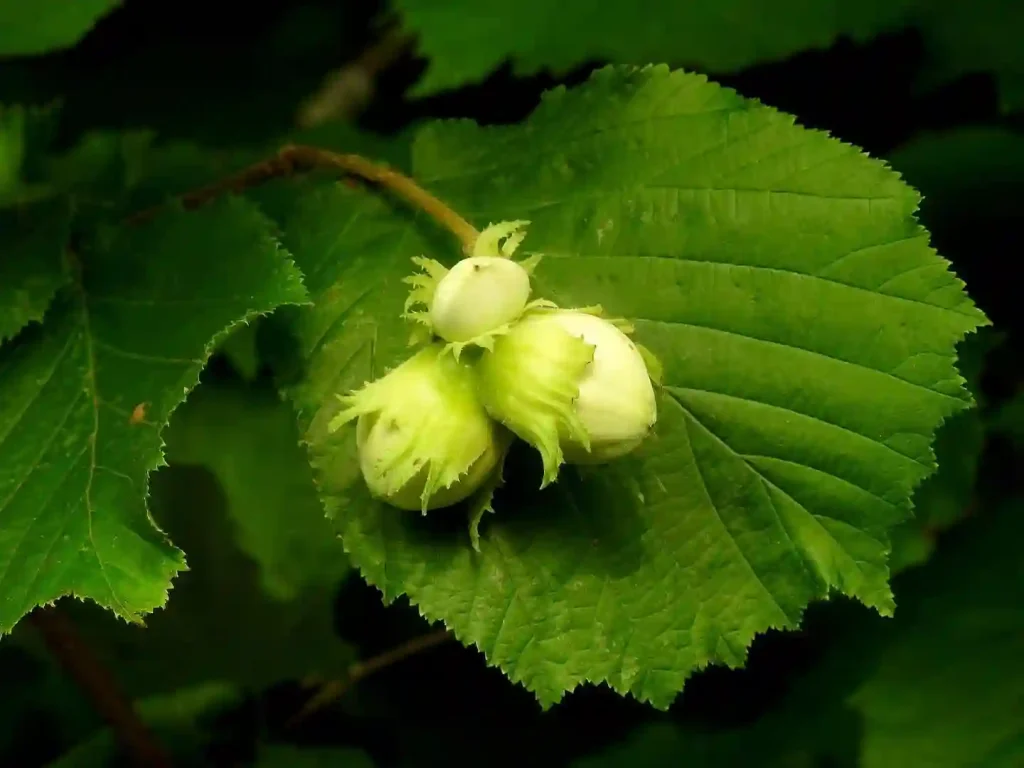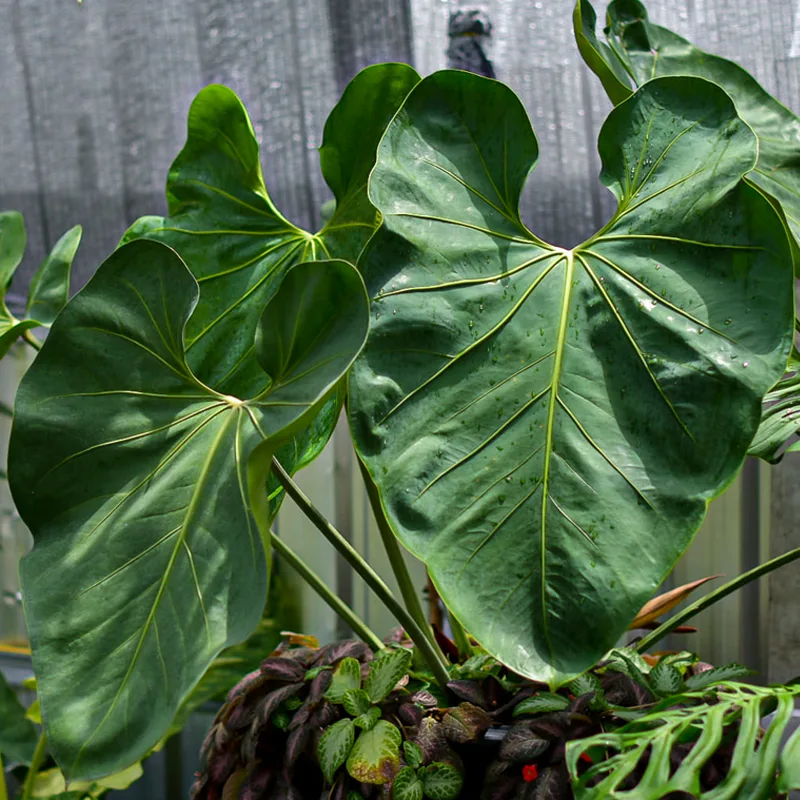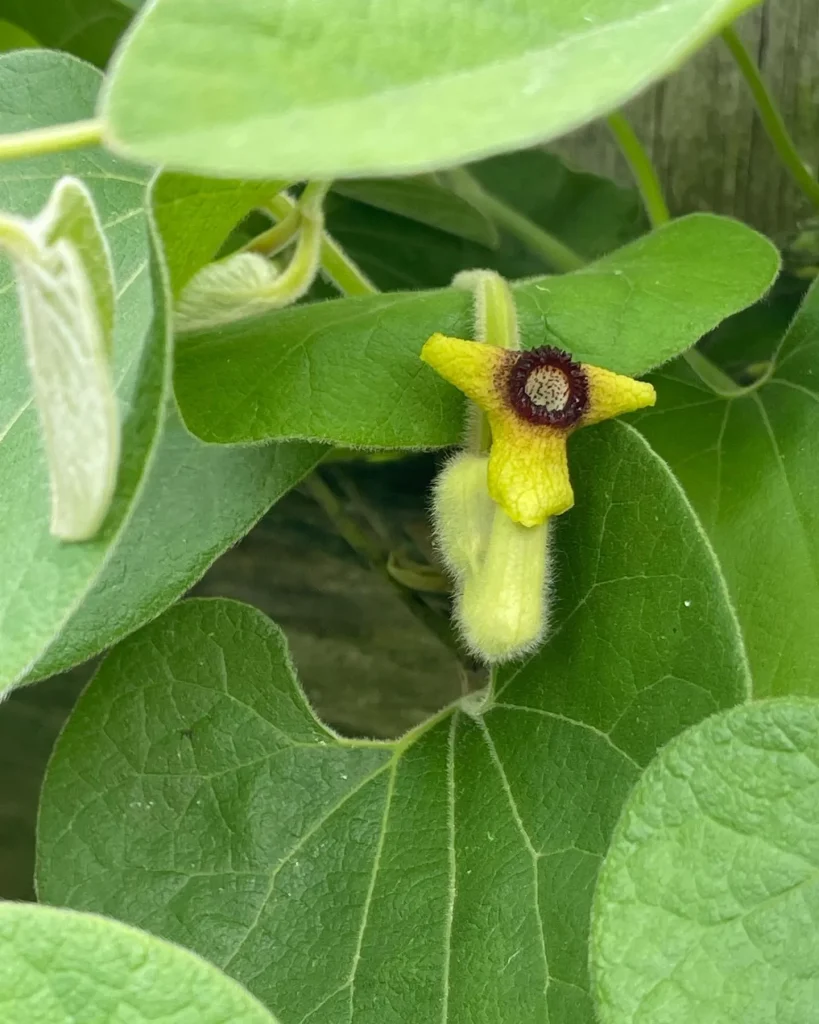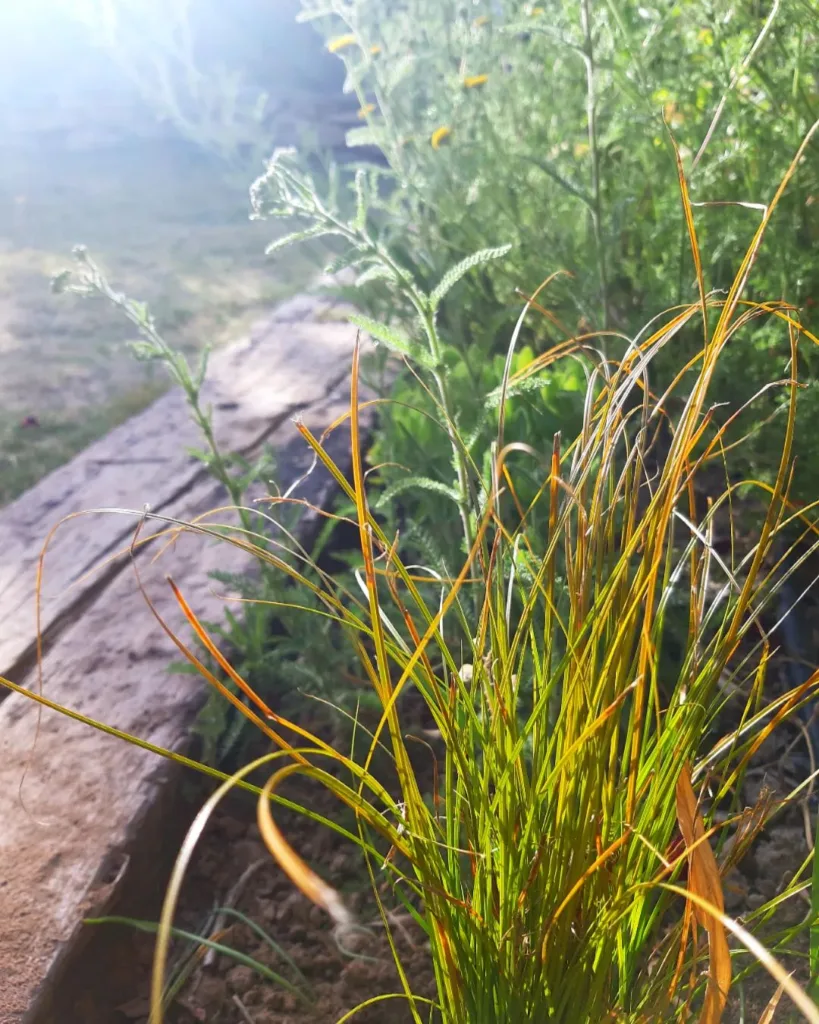Unearthing the Sweetness: My Journey into the World of Glycyrrhiza
As a lifelong lover of all things botanical, I, Ferb Vu, have always been fascinated by the diversity and ingenuity of the plant kingdom. Recently, my curiosity led me down a rabbit hole of discovery into the genus Glycyrrhiza, more commonly known as licorice. This exploration unveiled a world of sweet roots, medicinal properties, and ecological importance that I’m eager to share.
Delving into the Depths of Glycyrrhiza
Glycyrrhiza, a member of the legume family (Fabaceae), comprises around 16 recognized species. These plants are renowned for their distinctive sweet flavor, derived from glycyrrhizin, a compound found in their roots. This sweetness is not merely a pleasant sensation; it has been utilized for centuries in traditional medicine, confectionery, and even industrial applications.
The genus boasts a global presence, with species scattered across Asia, Australia, Europe, and the Americas. This widespread distribution speaks to the adaptability and resilience of Glycyrrhiza plants, thriving in diverse environments from arid deserts to temperate grasslands.
A Closer Look at the Species
The diversity within the genus is striking, with each species exhibiting unique characteristics:
- Glycyrrhiza glabra: This species, commonly known as common licorice or Spanish licorice, is the primary source of commercial licorice. Its roots are prized for their sweet flavor and are used extensively in confectionery and traditional medicine. Plant FAQs: Licorice – Glycyrrhiza Glabra – Liquorice
- Glycyrrhiza uralensis: Also known as Chinese licorice, this species is widely used in traditional Chinese medicine. It is believed to possess various therapeutic properties, including anti-inflammatory, antiviral, and anti-cancer effects.
- Glycyrrhiza lepidota: Native to North America, this species, commonly known as American licorice, has a long history of use by indigenous peoples for its medicinal properties.
- Glycyrrhiza acanthocarpa (Lindl.) J.M.Black
- Glycyrrhiza aspera Pall.
- Glycyrrhiza astragalina Gillies ex Hook. & Arn.
- Glycyrrhiza bucharica Regel
- Glycyrrhiza echinata L.
- Glycyrrhiza foetida Desf.
- Glycyrrhiza gontscharovii Maslenn.
- Glycyrrhiza inflata Batalin
- Glycyrrhiza pallidiflora Maxim.
- Glycyrrhiza squamulosa Franch.
- Glycyrrhiza triphylla Fisch. & C.A.Mey.
- Glycyrrhiza yunnanensis S.H.Cheng & L.K.Tai ex P.C.Li
- Glycyrrhiza zaissanica Serg.
The Sweetness Beyond Confectionery
While licorice candy is perhaps the most familiar use of Glycyrrhiza, the genus offers a wealth of benefits beyond satisfying our sweet tooth. The roots of licorice plants are a treasure trove of bioactive compounds, including glycyrrhizin, flavonoids, and coumarins. These compounds contribute to the diverse pharmacological activities attributed to licorice, such as:
- Anti-inflammatory effects: Licorice has been traditionally used to soothe inflammation in various conditions, including respiratory ailments, skin disorders, and gastrointestinal issues.
- Antiviral and antimicrobial properties: Studies suggest that licorice extracts may possess antiviral and antimicrobial activity against a range of pathogens.
- Antioxidant activity: The presence of flavonoids and other antioxidants in licorice contributes to its potential to protect cells from damage caused by free radicals.
These therapeutic properties have led to the inclusion of licorice in various traditional medicine systems, including Traditional Chinese Medicine (TCM), Ayurveda, and Western herbalism.
Beyond Medicine: Exploring the Versatility of Glycyrrhiza
The applications of Glycyrrhiza extend beyond the realm of medicine. The extracts from licorice roots find use in various industries, including:
- Food industry: Licorice is used as a flavoring agent in beverages, candies, and other food products.
- Tobacco industry: Licorice is added to tobacco products to enhance their flavor and aroma.
- Cosmetics industry: Licorice extracts are incorporated into skincare products for their potential skin-lightening and anti-inflammatory properties.
Furthermore, Glycyrrhiza plants play a vital role in ecological restoration. Their deep root systems help to stabilize soil and prevent erosion, making them valuable in land reclamation efforts.
Looking Ahead: The Future of Glycyrrhiza
As research continues to unravel the therapeutic potential and diverse applications of Glycyrrhiza, the future of this genus appears promising. The development of sustainable cultivation practices and innovative extraction methods will ensure the continued availability of licorice for generations to come.
My exploration of Glycyrrhiza has been a journey of discovery, revealing the multifaceted nature of this remarkable genus. From its sweet roots to its diverse applications, Glycyrrhiza stands as a testament to the ingenuity and resilience of the plant kingdom. As we continue to delve deeper into the secrets held within these plants, we can expect to uncover even more ways in which Glycyrrhiza can benefit human health and the environment.
If i die, water my plants!



